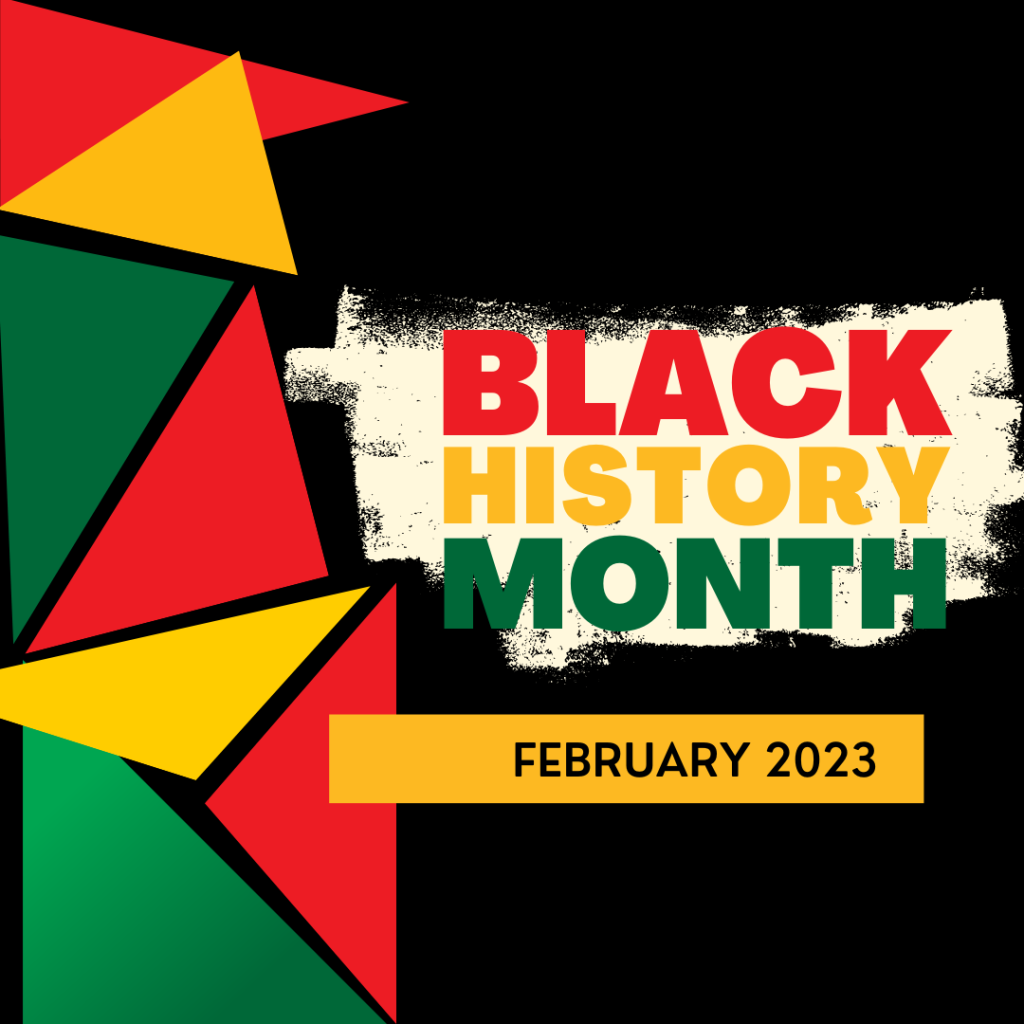A Brief History of Black Publications

Every time I think about Black History, I get inspired.
There are so many times where Black people created their own opportunities, most times out of necessity. Whether it was the entertainment industry or academia, Black people successfully formed their own organizations and changed the course of history.
To kick Black History Month off, I’d like to pay homage to the Black writers that came before me. If it weren’t for the Black Press, I wouldn’t be the freelance writer that I am today.
Here is a glimpse into the history of the Black Press and how their contributions helped pave the way for Black voices in media.
Creative Beginnings

The Black Press is the term used to describe the numerous Black publications from 1827 to present day. These publications provided an opportunity for the Black community to voice their opinions on economical, social, religious, and political issues.
The birth of the Black Press began in 1827, when a group of free African-Americans from different states met in the home of Bostin Crummell’s home in New York City.
Since the creation of public media, African Americans were portrayed negatively. White publications would depict African Americans as caricatures and racial stereotypes.
To combat these negative depictions, the group decided to form the first Black newspaper. This newspaper would be created by Black people, for Black people. By the time that the meeting was over, Freedom’s Journal was formed.
Freedom’s Journal
Freedom’s Journal became the first Black-owned and operated newspaper in the United States. With its two editors – Rev. Samuel Eli Cornish and John B. Russwurm – there were more than 800 copies of the newspaper distributed throughout 11 states and the District of Columbia.
The newspaper was so successful that it even expanded to Haiti, Canada, and the United Kingdom.
Freedom’s Journal was the right combination of entertaining and informative. The newspaper would mention ways to improve the health, education, and living conditions of more than 300,000 free Black men and women.
There was also a social section, where announcements of births, weddings, and deaths were listed.
But the paper was used as a campaign to end slavery in the South.
Although Freedom’s Journal lasted for two years, it was the catalyst for so many future Black publications. At a time where the Black community was able to speak openly about religious views and little else, Freedom’s Journal provided a blueprint for other Black newspapers who wanted to shed light on other issues.
Chicago Defender

Fortunately, the success of the Freedom’s Journal sparked a wave for new Black publications to join.
The next Black publication to be created was The Chicago Defender. Published in 1905 by Robert S. Abbott, this publication was referred to as “The World’s Greatest Weekly.”
Abbott would publish copies of The Chicago Defender out of a kitchen in his landlord’s apartment. Around World War I, the publication would acquire a nationwide audience, with about two-thirds of the readership outside of Chicago.
One person who contributed to the newspaper’s nationwide appeal was J. Hockley Smiley, Abbott’s first full-time employee.
Smiley would use the same journalism techniques as publishers like William Randolph Hearst to draw attention to racial injustices in America.
What set The Chicago Defender apart was its militant style in condemning the racial violence caused by Jim Crow. The newspaper would not shy away from using graphic images to depict the horrors of assaults, rapes, and lynchings.
Respect For The Black Audience
Another trait that set The Chicago Defender apart was the endearing way that they referred to the Black community.
Instead of referring to African Americans as “black” or “Negro” the writers referred to them as “the Race.”
Black men and Black women were referred to as “Race men and Race women.” The newspaper’s militant style and condemning nature toward racial violence was popular with the Black audience in the South.
Abbott and Smiley also collaborated with Black Pullman porters to promote the newspaper across the Mason/Dixon line. Because white Southern publications would refuse to promote The Defender, Black Pullman porters and entertainers would have to smuggle the newspapers as they traveled down South.
Soon, the newspaper publication surpassed the circulation of the top three newspapers in the Chicago area: The Illinois Idea, The Broad Ax, and The Conservator.
Lending A Voice To Social Movements

One of The Defender’s most prominent campaigns was “The Great Migration.” The newspaper publication addressed the hazards of continuing to live in the South. Articles, cartoons, and editorials were used to support the “Great Migration” movement.
Because of the Defender’s success, nearly a million Black Southern residents migrated to the North. Between 1916 and 1918 alone, there were more than 110,000 residents who migrated to Chicago.
Another historical moment that The Defender lent its voice to was the Red Summer Riots. These were race riots that broke out in 1919 in 26 cities across the United States.
Like the “Great Migration”, The Defender started a campaign in support of anti-lynching legislation.
Everything about The Chicago Defender was high-quality, especially the writers. Some of the writers who lent their talents to the newspaper included Langston Hughes, Gwendolyn Brooks, Ida B. Wells, and L. Alex Wilson.
National Newspaper Publishers Association
Just like its predecessor, the National Newspaper Publishers Association (NNPA) was founded after a meeting of the best minds in African American journalism.
John H. Sengstacke, Abbott’s nephew and a publisher of The Chicago Defender, organized a meeting in 1940 with other African American publishers about the future of Black journalism.
He wanted to combine the talents of other African American publishers for the benefit of the Black press. Sengstacke believed that the best way for African American publishers to organize for a greater cause was to get to know each other.
All Black newspaper publications were invited to this conference, including The Examiner, The Courier, The Tribune, and The Iowa Bystander.
Since its formation in 1940, the NNPA has been the most influential Black-owned media association in America. To date, the organization delivers news and commentary on the Black community to 20 million people weekly.
There are more than 200 Black-owned newspapers that are apart of the NNPA.
Learn More About The Black Press!
Since the Freedom Journal, the Black Press has done a phenomenal job at establishing their own voice in public media.
Instead of waiting for a seat at the table, Black media publications created their own table. They helped to shed light on the important issues within the Black community.
Black publications were not concerned with the salacious tactics that other publications relied on. Instead, they remained true to themselves and their audience and focused on what truly matters for African Americans.
As exciting as it was to learn about these newspaper publications, this is just a little piece of the history of the Black Press. To learn more about the numerous Black newspapers within the Black Press, check out the links below:
The Chicago Defender: The Chicago Defender (pbs.org)
Freedom’s Journal: Freedom’s Journal (1827-1829) • (blackpast.org)
National Newspaper Publishers Association: NNPA | Black Press of America
The History of America’s Black Press: Teaching the history of America’s Black press | UNC Hussman School of Journalism and Media
For more hands-on learning, visit the National Museum of African American History and Culture (NMAAHC). There’s a great exhibit that covers the history of the Black Press flawlessly.








Leave a comment